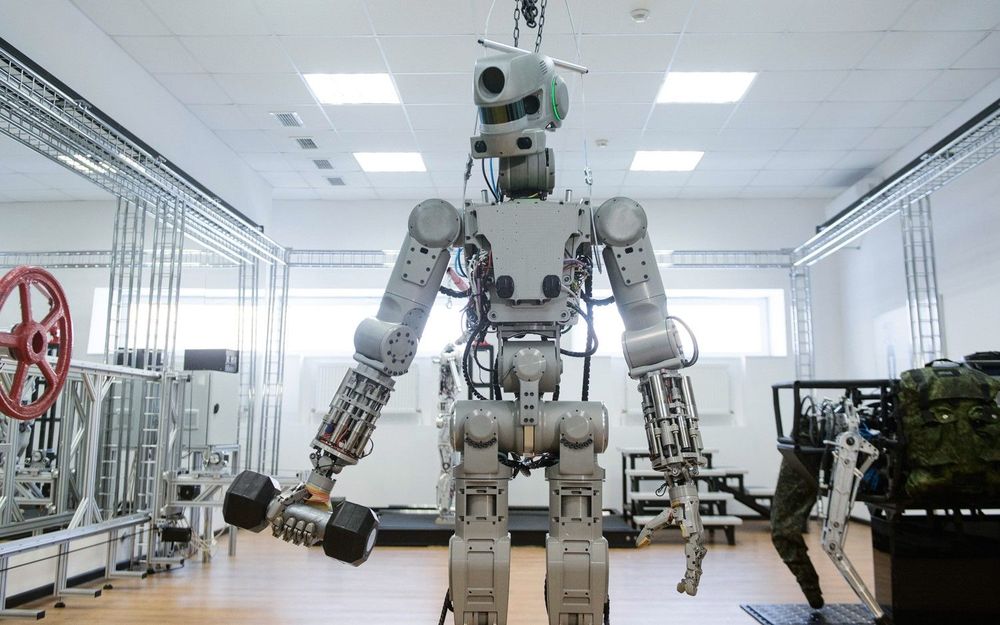Ripped from the pages of a sci-fi novel, physicists have crafted a wormhole that tunnels a magnetic field through space.
“This device can transmit the magnetic field from one point in space to another point, through a path that is magnetically invisible,” said study co-author Jordi Prat-Camps, a doctoral candidate in physics at the Autonomous University of Barcelona in Spain. “From a magnetic point of view, this device acts like a wormhole, as if the magnetic field was transferred through an extra special dimension.”
The idea of a wormhole comes from Albert Einstein’s theories. In 1935, Einstein and colleague Nathan Rosen realized that the general theory of relativity allowed for the existence of bridges that could link two different points in space-time. Theoretically these Einstein-Rosen bridges, or wormholes, could allow something to tunnel instantly between great distances (though the tunnels in this theory are extremely tiny, so ordinarily wouldn’t fit a space traveler). So far, no one has found evidence that space-time wormholes actually exist. [Science Fact or Fiction? The Plausibility of 10 Sci-Fi Concepts].







